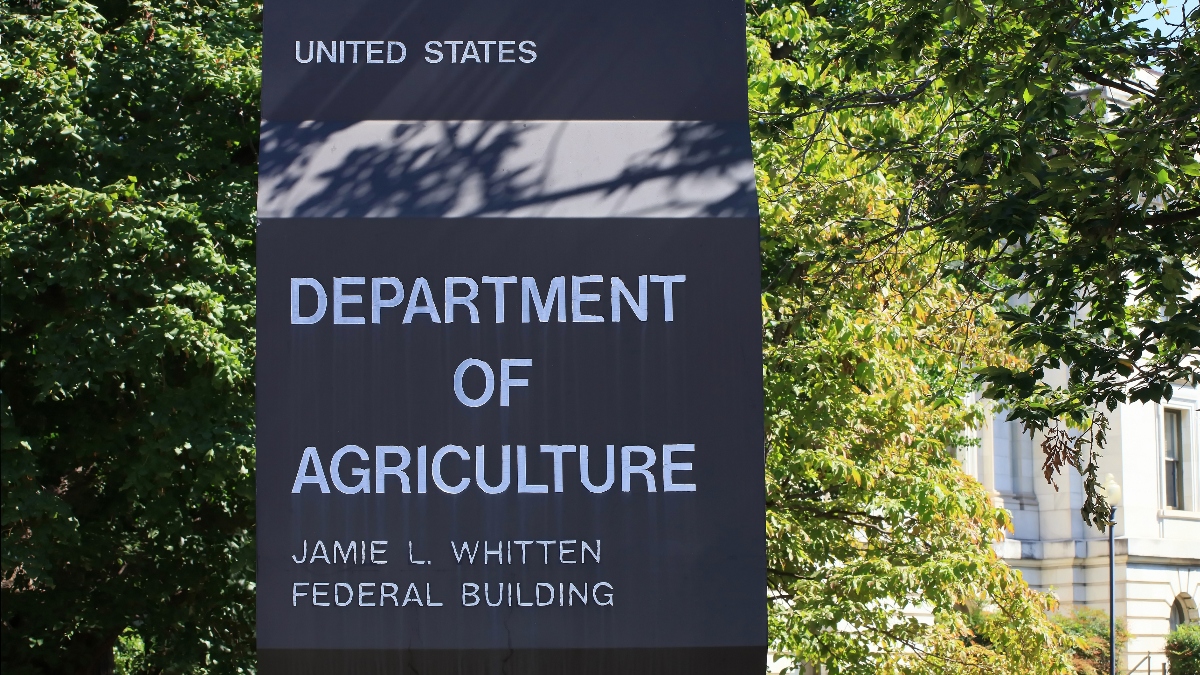With the arrival of spring, farmers around the country are actively making preparations for the growing season ahead. But the agricultural community has been hit with a setback that will likely have lasting impacts on their business for 2025 and beyond. Keep reading to learn more about how recent budget cuts by the U.S. Department of Agriculture (USDA) has farmers concerned for their livelihood.
A closer look at USDA budget cuts
On Monday, March 17, the Iowa Department of Agriculture and Land Stewardship had to deliver unfortunate news to its partners: the USDA has canceled two programs involving more than $11 million in promised funding. The programs in question? The Local Food Purchasing Assistance (LFPA) and Local Food for Schools (LFS) programs.
The programs began three years ago to help support local farmers who were dealing with the effects of the pandemic, reports KCRG.com. As a result of their contract, those farmers were provided with federal funds to help supply fresh food to food pantries and schools in communities around the state.
In October 2024, both programs were renewed for another three years. This would have extended them through 2028. But in January, the administration’s decision to pull the funding means the farmers’ planned harvests won’t be going as expected.
Why the USDA eliminated the funding
The sudden cancellation of the programs is just one of many financial cuts being made to government agencies this year.
“With 16 robust nutrition programs in place, USDA remains focused on its core mission: strengthening food security, supporting agricultural markets, and ensuring access to nutritious food,” the USDA said in a statement to KOCO News 5. “Unlike the Biden Administration, which funneled billions in CCC funds into short-term programs with no plan for longevity, USDA is prioritizing stable, proven solutions that deliver lasting impact. The COVID era is over—USDA’s approach to nutrition programs will reflect that reality moving forward.”
At this time, no further information has been provided about what long-term plans will be implemented in place of the canceled programs.
A closer look at the former programs
Both the LFPA and LFS programs were designed to benefit both agriculture in the state and those living in the communities. Thanks to LFS, more than 160 schools received funding to make farm-to-table possible on a tight budget. Students at both public and private schools were able to enjoy having fresh produce in their daily lunches.
As part of the LFPA program, the state was awarded more than $5.6 million to purchase local food (within 400 miles of a town or city) for underserved communities. The inventory then made its way to food banks, early childhood centers, senior centers and nonprofit organizations.
It seems that the opportunity to give back to the community was largely appealing to farmers across Iowa.
“I left the corporate world after 30 years, and we moved out here to the country and started Indigo Acres with the purpose of growing healthy, healing food,” Kevin Marshall, an Edmond farmer, told KOCO News 5.
What does this mean for farmers?

The USDA cuts are not limited to Iowa; they affect multiple states across the country. While Iowa is significantly impacted, losing $11.3 million in federal funding, the cuts are part of a broader cancellation of Biden-era programs by the Trump administration. These cuts affect more than 40 state and tribal governments that had signed agreements with the USDA to participate in the programs this year.
These cancellations amount to more than a billion dollars worth of contracts for small farmers, ranchers, and fishermen nationwide. The impact is felt across various states, affecting schools, food banks, and local farmers who rely on these programs to supply fresh, locally produced food.
While specific details for other states are not provided in the search results, the nationwide nature of these cuts suggests that many other states are experiencing similar challenges to those documented in Iowa.
The sudden budgetary cut has naturally left farmers in a tough spot. Many were already deep into their plans for the upcoming garden season, and will have to make huge adjustments to their operations.
One Central City orchard planted more than 1,000 new apple trees to meet demands for the now-canceled programs after a successful 2024 season. Now, she’ll be left scrambling to get the produce sold. “There’s no individual customer that’s going to take 50,000 pounds of apples,” she told CBS 2 Iowa. “It means we’re going to have to work with, you know, 100 different customers, and we’re going to lose money.”
Many other farmers have spoken up to media outlets about how their production will be negatively impacted by the cuts. Naturally, there are fears that this could eventually put their agricultural business in jeopardy.
“Without the LFPA, if something happens today, I don’t know what the farm looks like tomorrow, Marshall shared with KOCO News 5. “We may not survive this time.”
In response to the USDA’s decision, the state is hoping to continue to find ways to support its farmers. The Iowa Department of Agriculture has stated that it will be pursuing future opportunities to help grow the markets for locally grown and raised foods.






